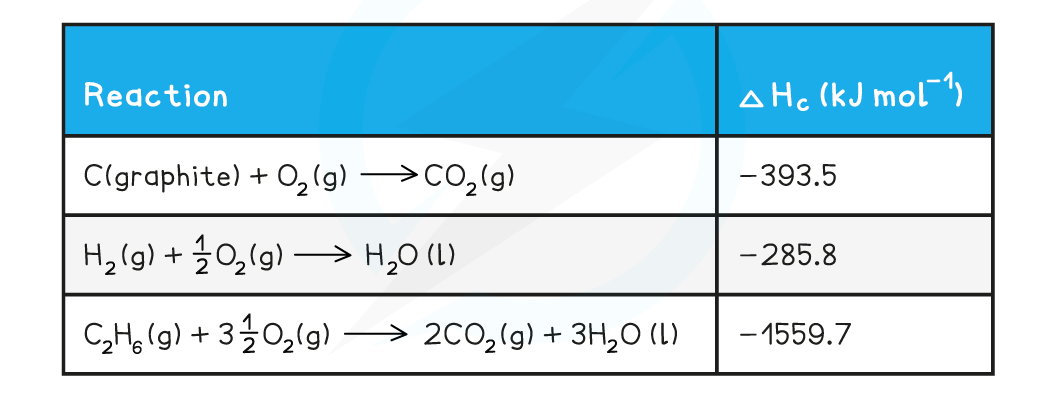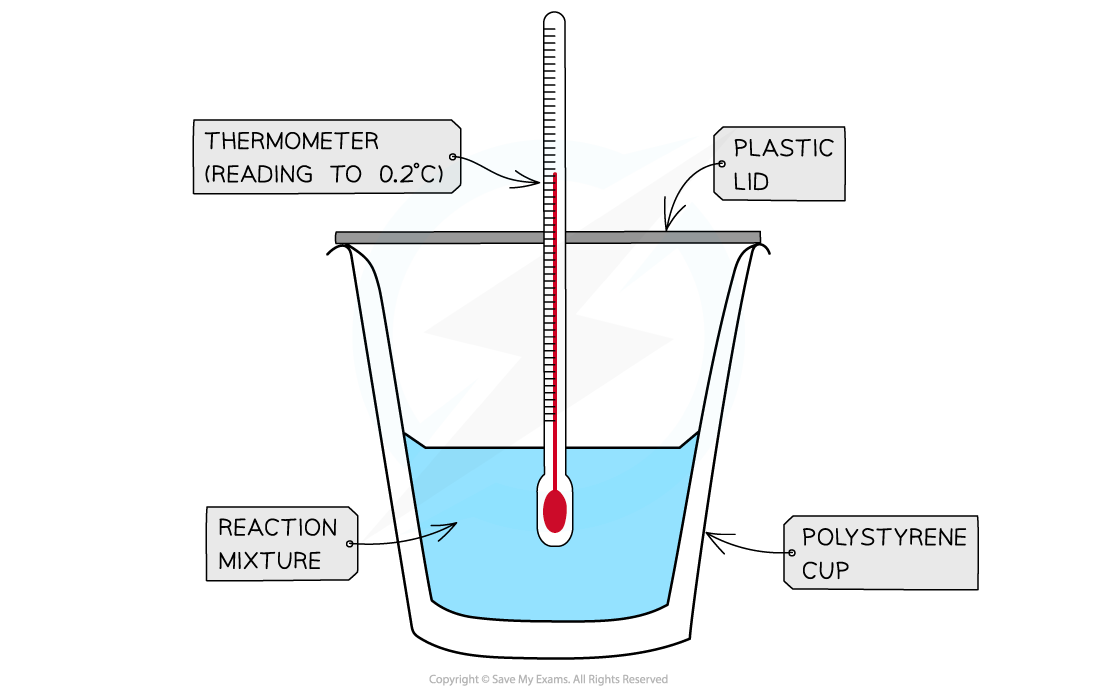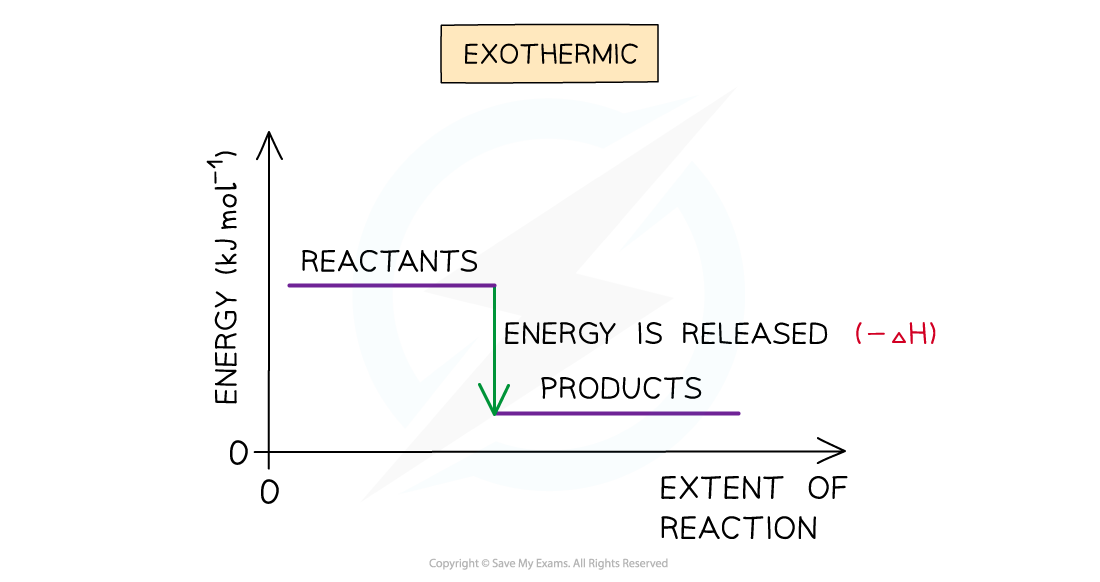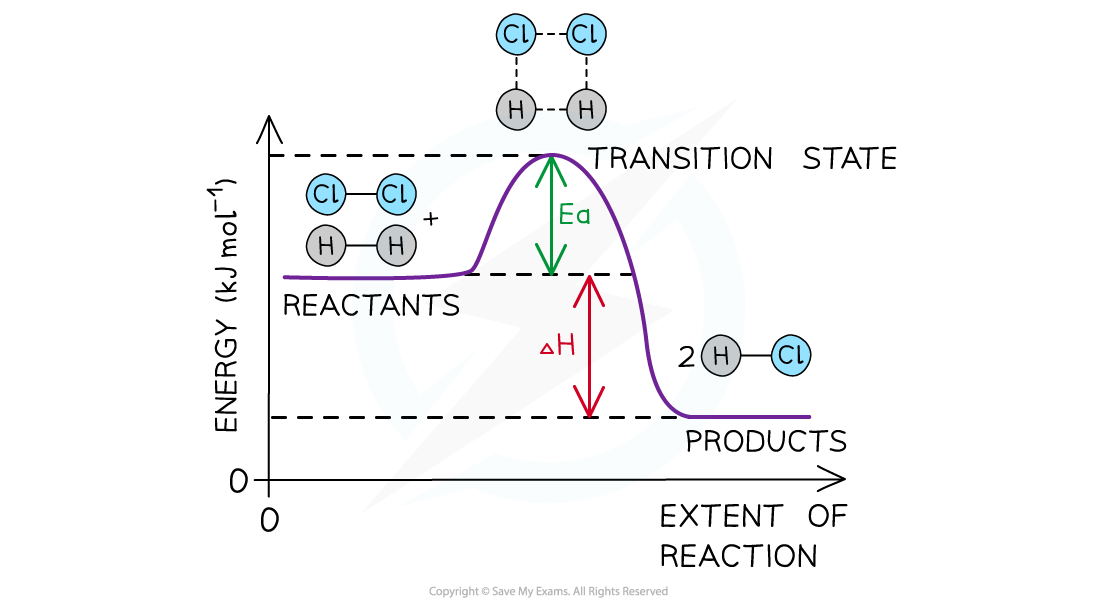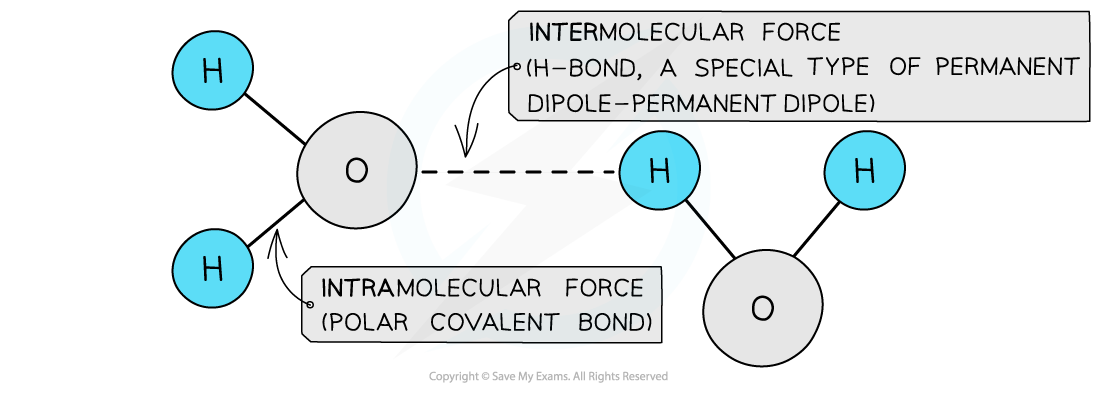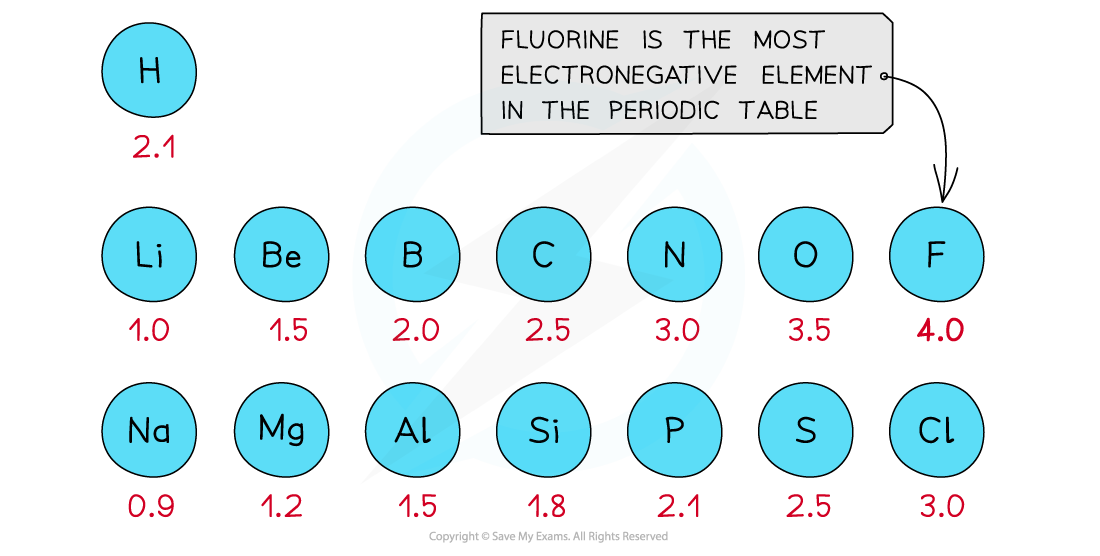AQA A Level Chemistry复习笔记1.6.6 Applications of Hess’s Law
Hess' Law Calculations You must make sure that you can apply Hess' Law effectively and calculate enthalpy changes in different situations Remember - it is the data that is important Check wh...
